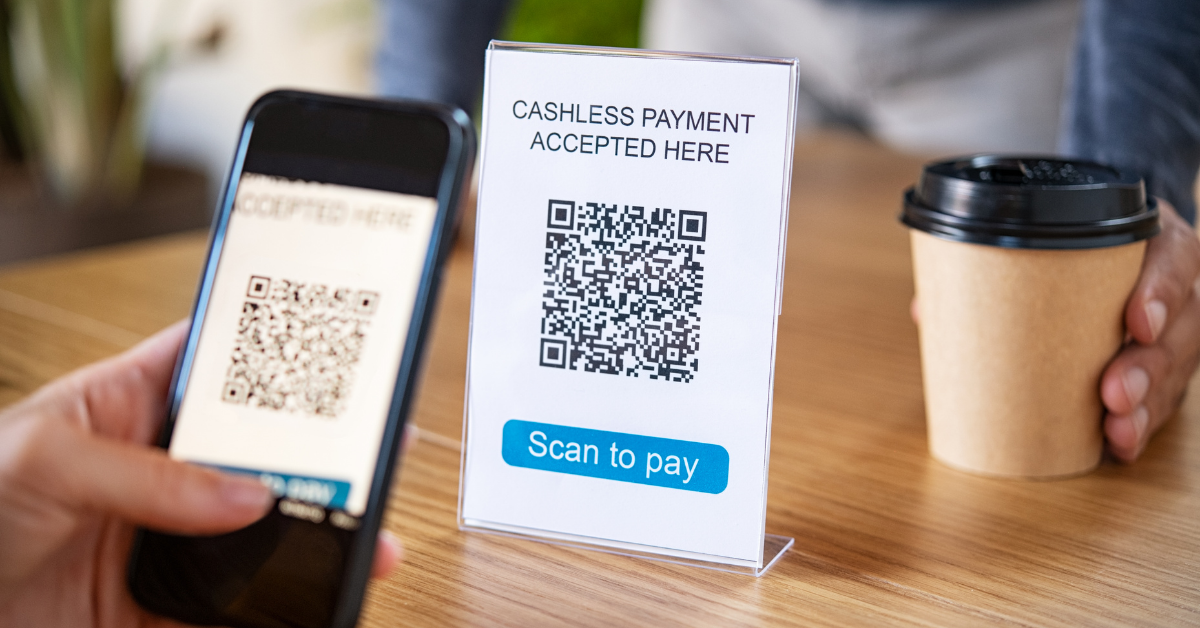 Digitalization and interconnectivity in global payments are defining an era where payments' platforms advance and introduce new features. The pandemic has further accelerated this trend, and we can now see in many European countries a massive shift towards cashless and cashierless systems. These significant changes have been driven mainly by customers' demands, with many brands now assessing and benchmarking their checkout and payments services to meet the changing market and consumer needs. Keep reading to discover the top trends and challenges for the payments industry.
Digitalization and interconnectivity in global payments are defining an era where payments' platforms advance and introduce new features. The pandemic has further accelerated this trend, and we can now see in many European countries a massive shift towards cashless and cashierless systems. These significant changes have been driven mainly by customers' demands, with many brands now assessing and benchmarking their checkout and payments services to meet the changing market and consumer needs. Keep reading to discover the top trends and challenges for the payments industry.
COVID-19 accelerates alternative payments adoption
What are people looking for in their shopping experiences today? Speed, convenience, and a superior customer experience are definitely among the top 3 main factors that will determine buyer satisfaction and loyalty.
The pandemic has significantly accelerated the adoption of alternative payment methods. As customers are looking for greater flexibility and choice, your business will have to consider carefully how today’s myriad of options responds to their needs. Contactless payments, digital and mobile wallets, wearables, new vertical apps, instant payments, e-money transactions, and QR code-based payments are only some of them. When looking at your business, how many of these options can you seamlessly offer to customers?
Attracting new customers with payments in context
Enabling an on-demand customer experience anywhere and anytime is top of mind for payments firms. Contextual payments represent the way to expand commerce, and tech giants are taking it a step further to ensure they bring instant and faster payments everywhere, while keeping a customer-friendly and seamless payment experience. In fact, a significant 30% of consumers already uses BigTechs for payment services. At the forefront of this ecosystem is a one-stop-shop payments strategy, where superior UX and the ability to process an impressive amount of customer data are essential – skills that BigTechs have already mastered. More investments need to be made, though, in designing and developing truly personalized and satisfying customer experiences.
Payments have become the main entry point into the broader financial services field for many brands. However, the competitive payments market cannot shield even tech giants from future challenges, such as regulatory scrutiny.
Payments-as-a-Service is gaining ground
The Payments-as-a-Service model is gradually gaining traction due to cost-effectiveness. This is an up-and-coming trend for banks and financial institutions who want to accelerate digital innovation and stay relevant in a competitive environment. As the competition grows stronger day by day, prioritizing technology transformation is crucial for businesses that don't want to lose existing and potential customers. In fact, according to a report from Capgemini, nearly 68% of payments executives are afraid they are at risk of losing prospective clients and markets if they do not make digitalization a priority.
To ensure that banking and financial institutions offer a valuable customer experience and drive more business growth, some of them have already partnered with PaaS providers, to gain benefits such as:
- delivering reliable on-demand services
- better ROI time
- filling the API banking gap through products that meet the customers' needs
These are some of the main reasons why the Payments-as-a-Service market is expected to grow from $5.7 billion in 2019 to $16.7 billion by 2024, at a CAGR of nearly 24%.
The future of payments relies on data-driven offerings
In a previous article regarding banking trends in 2021, we explore how customer engagement is strongly connected to digital innovation. Nevertheless, to make sure that most digital initiatives are relevant to customers, financial and banking institutions need to be able to make data-driven decisions. Big data and analytics are essential to offer the personalized services that customers expect.
Moreover, as security and compliance requirements gain more attention and get stricter within the banking and payments sectors, predictive analytics becomes a valuable tool for staying ahead of potential threats, minimizing risks, ensuring dynamic and real-time access to information, as well as compliance.
Rushing tech investments as payments firms augment transaction data security
The shift towards digital channels has also directed the attention of criminals towards digital payments. During COVID-19 lockdowns, some of the most common challenges for the payments industry were cyberattacks, money laundering, and terrorist financing. Consequently, payments companies now focus on ensuring more reliable customer authentication and transaction security. Transaction screening solutions, for example, can help financial institutions to easily track suspicious activity in an audit-proof manner.
However, fighting fraud requires a multi-layered approach, and some of the main investments made by companies in this area in 2020 were:
- artificial intelligence and machine learning - which have been proved to be very efficient, helping 85% of payments executives in spotting suspicious activity
- in-built fraud detection for mobile payment apps
- third-party due diligence for reducing data-related fraud
- cyber resilience improved through moving to cloud
A multi-layered approach will continue to be necessary going forward, and techniques like biometric authentication, location and time-based authentication and behavior-based authentication will become the new requisites for ensuring the security of customers' data and payments.
For an industry that was already transitioning among several disruptive factors, COVID-19 accelerated the urgency for rapid change. In a year that everything went digital, regulators, payment firms and other industry players prioritized technology transformation to get closer to their customers, while investing in increasing security and collecting and analyzing data. As change is inevitable, how will businesses leverage the lessons learned in 2020?







